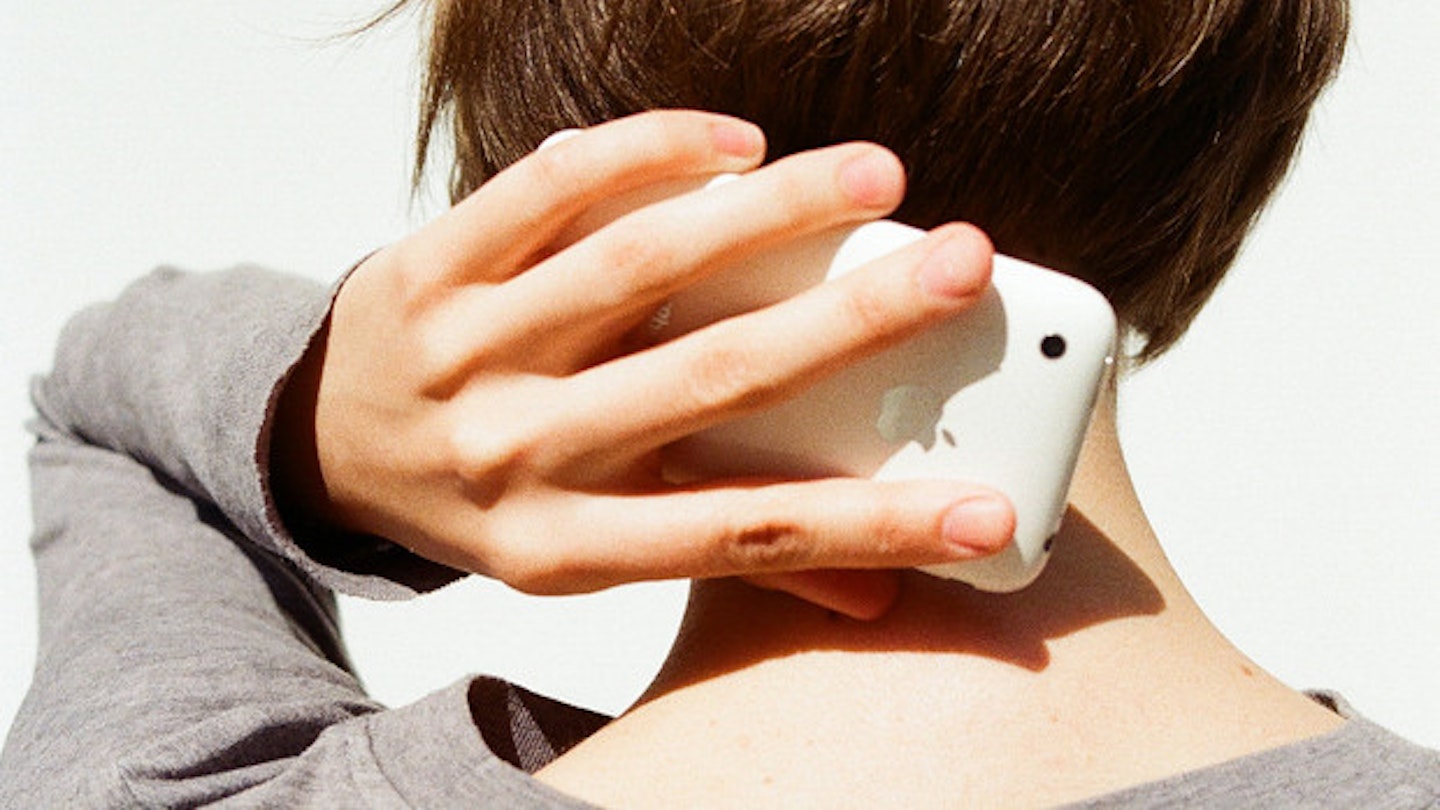If you are sitting next to your partner, or intertwined in bed, or cuddling on the sofa, you’d probably say you were ‘close’. But what if you were doing the aforementioned activity while both glaring at your iPhone screens?
The Tumblr Modern Closeness demonstrates this exact scenario. Featuring pictures of real people using technology together, it shows how our most intimate moments now often involve scrolling a social network while holding hands, or emailing our bosses while spooning.
Intrigued, we caught up with the blog’s founder, Warsaw-based copywriter Mateusz Gaca to find out what inspired him to launch the page...
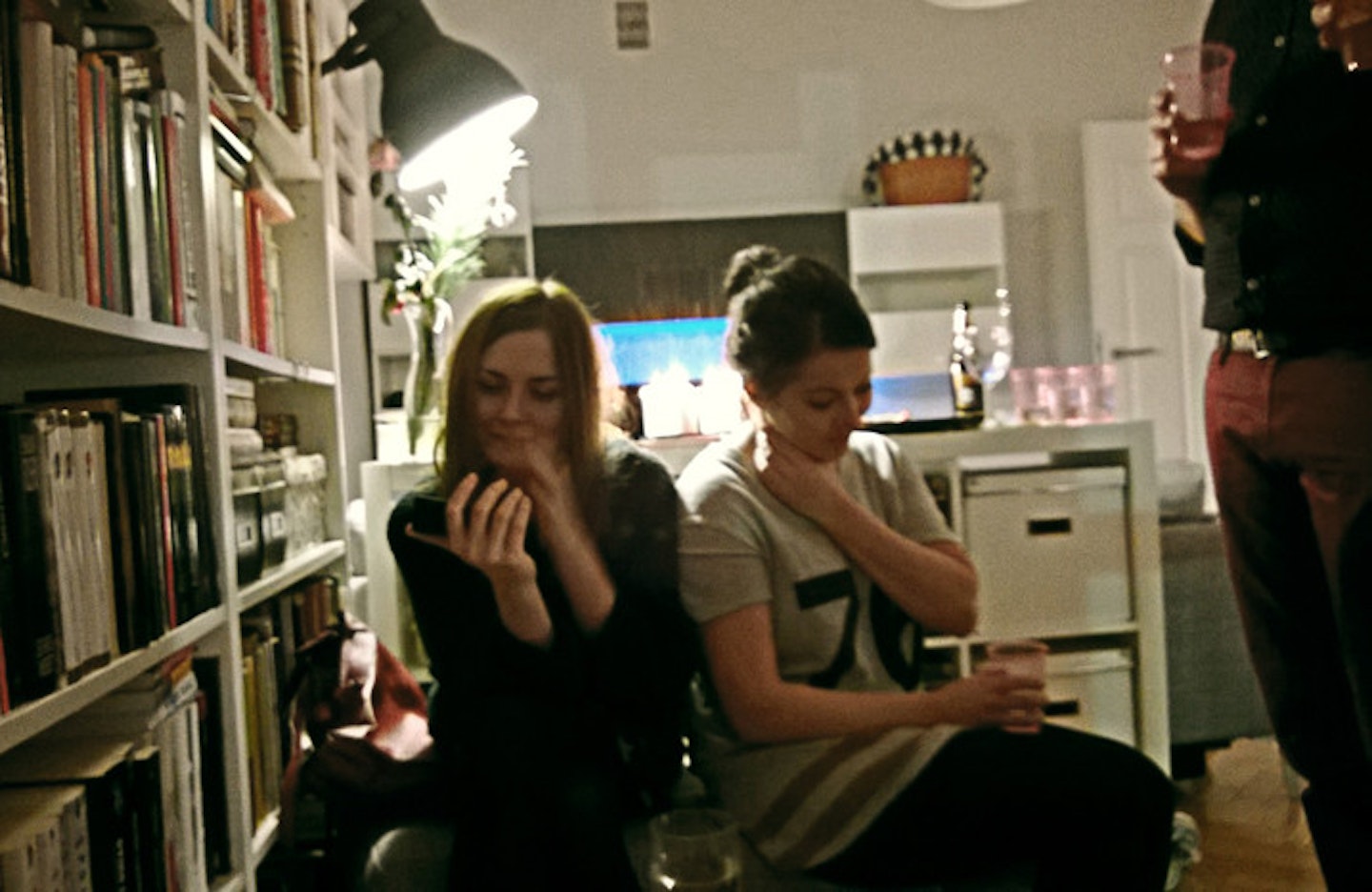
The Debrief: Hi Mateusz! Where did the inspiration come from to start this project in the first place?
Mateusz Gaca: It is not a coincidence when we say that best ideas are born by our life. I like watching people, listening to them. This is how the idea for the blog came about. I sat down with my friends at one of the pubs in Warsaw and, as usual, I watched what was going on around me. I noticed some people sitting with their faces glued to their mobiles, and a couple watching something together on a smartphone screen. I thought, ‘Gosh, it is really like that.’ I thought it was a perfect idea for a photoblog – to show people from the perspective of mobile devices. Laptops, mobile phones and so on, are a kind of transmitter – a filter in their relationships. We tend to be totally cut off from the world, immersed somewhere in the screen of our device. We build the relationship with somebody on the other side of the device.
So do you want this project to encourage people to reflect on their daily addiction with technology?
In the beginning, my pure intention was just to set up a blog and make people interested in this subject. The idea was growing, and I thought that it would be most valuable if I could engage people in this project. Certainly I can make the pictures myself, post them on the blog and then encourage people to reflect. But why can’t they do it with me? If they start looking around and watching, perhaps they will also begin to think and share their pictures. The greater the number of photographs from various parts of the world on Modern Closeness, the more powerful it becomes.
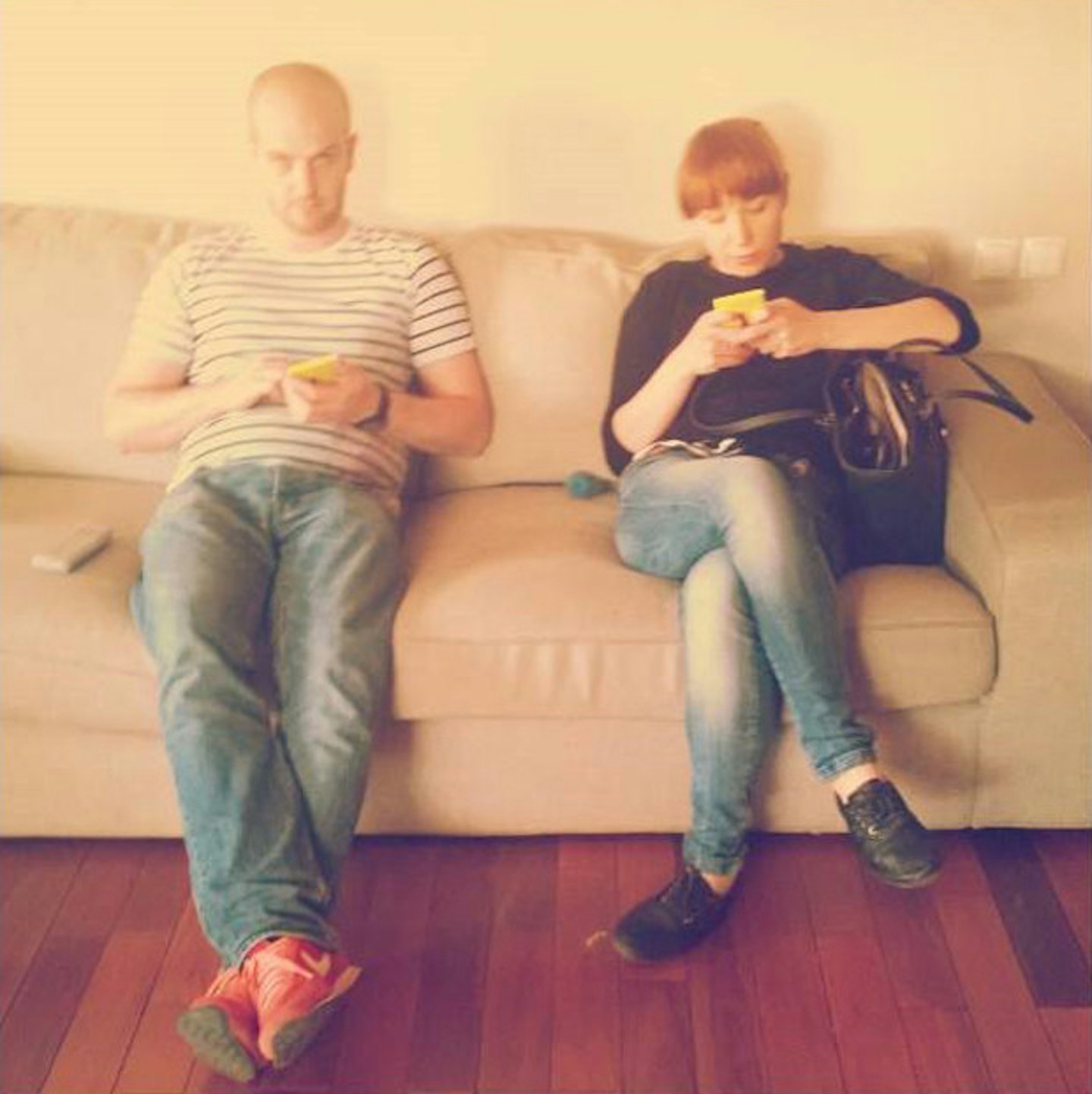
It’s funny in a way that the world appears to be getting smaller through our screens. How many submissions do you receive a day? Are you quite selective about what you post to the blog?
The project was actually only launched two weeks ago. So any selection I do make of those submitted is merely about which photographs are of good quality. Taking pictures with a mobile phone has its advantages and disadvantages. It’s funny that I, as the author of the blog dedicated to the subject of people in the context of mobile devices, use mobile devices for this purpose as well. I take pictures on a regular basis or I search for them in the archives. There are photos from New York, Berlin, London, Sienna, and the other ones are from Poland, all taken by my friends. I recently received a photo from a complete stranger. It really was a nice experience.
There’s a really nice mix of photography on the site. Are you going for the shock/emotional factor with these images?
I would like the photographs on the blog to evoke some emotions. I mean emotions, rather than a shock, and I would like them to stimulate reflection. Anyway, it’s hard to talk about shock in the context of something which is common and widespread.
It definitely gets people thinking. Do you think people are in danger of becoming closer to their phones than to each other?
People invented mobile devices for a reason. For communication, for keeping up relationships. For example, my girlfriend’s parents live in Italy so they often chat via Skype. And this is fantastic because without technology their contact would not be so frequent. However, something goes wrong when a group of friends meet in order to chat and hang out, but actually end up with their nose in their mobiles. Or the phenomenon known as the ‘fear of missing out’, the need for constant use of a mobile phone so as not to miss out on anything. That’s terrifying. In this case, we are talking about physical torturing of ourselves.
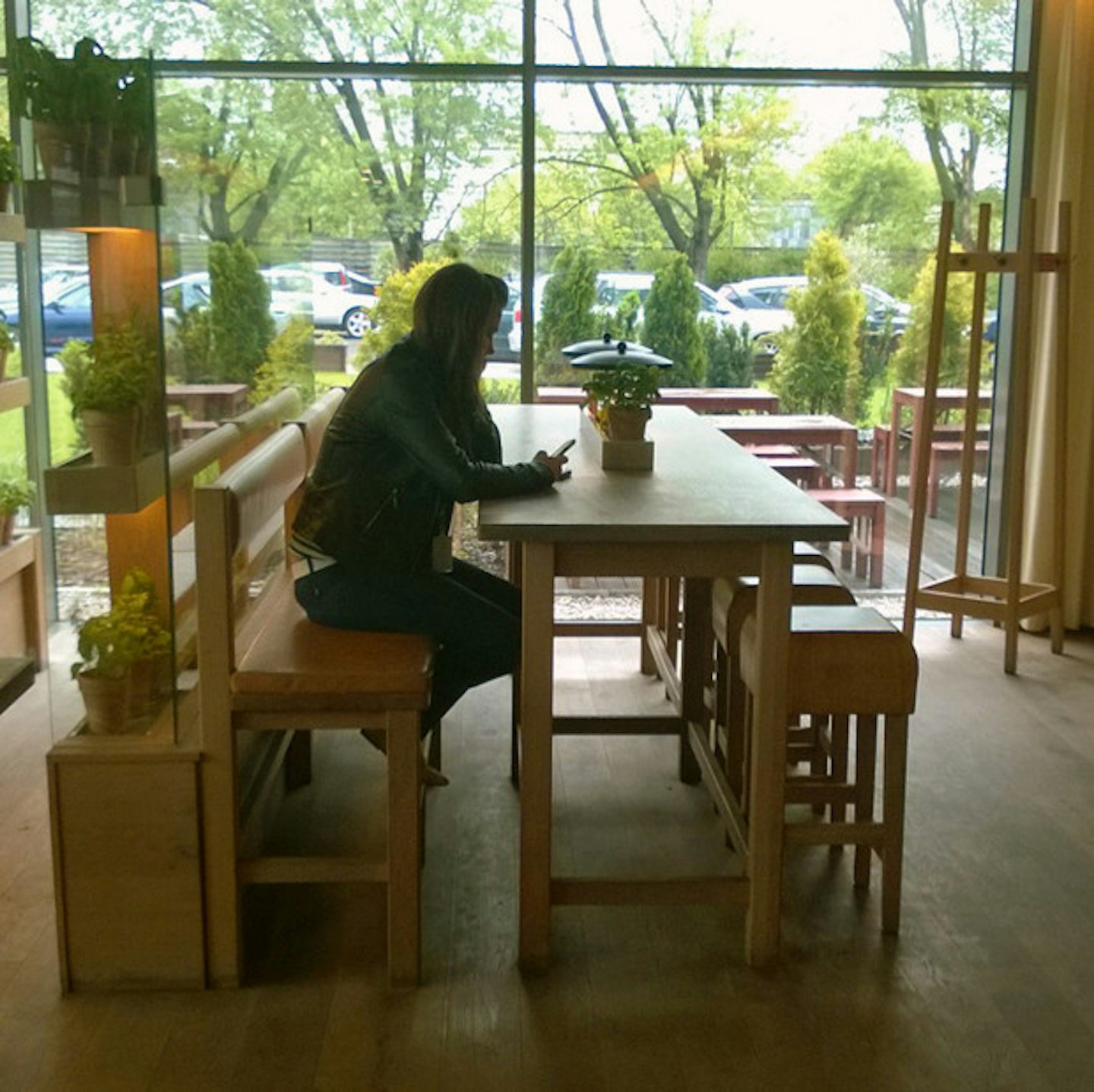
FOMO seems to be a direct result of oversharing on social media. Do you think things will get worse (with technology) before they get better?
I don’t think that technology is bad. It offers us numerous possibilities. It lets us communicate, work from every place we want, take a stance on some issues, which is not the same voice as it used to be some 50 years ago, because now it can be heard by everyone. The bad thing is that we cannot use what we have created in a reasonable and balanced way.
Social media and the development of technologies resulted in the social race for ‘likes’ and ‘shares’. We want more recognition, more attraction, which arouses even bigger complexes and fears inside us about somebody not understanding us, not liking us or that there is something we miss out on – when offline. We absorb everything. We are insatiable. We are not satisfied with here and now, if technology allows us to do several things simultaneously.
Lack of impulses, incentives and information leads to frustration. We seek the contact with people, the information from online friends during our communication with people offline. It is unhealthy. I don’t want to clearly evaluate technology and the behaviour of its users. What I would like, however, is that the visitors to Modern Closeness ask themselves, ‘Where am I and my friends in this process?’ It’s enough for me.
Do you feel like you are stranger-shaming at all by taking pictures of people without their permission?
The aim of Modern Closeness is not to ridicule, make a fool of or criticise people or their attitudes. I just intend to show a certain phenomenon and, in this way, ask a thought-provoking question. I don’t mean to present only the negative sides of technology and the internet. If I wanted to criticise people for using mobile devices in urban spaces, it would be like criticising people for reading books or newspapers in public. It is common, it cannot be changed. The question is when is it worth using, and when is it not?
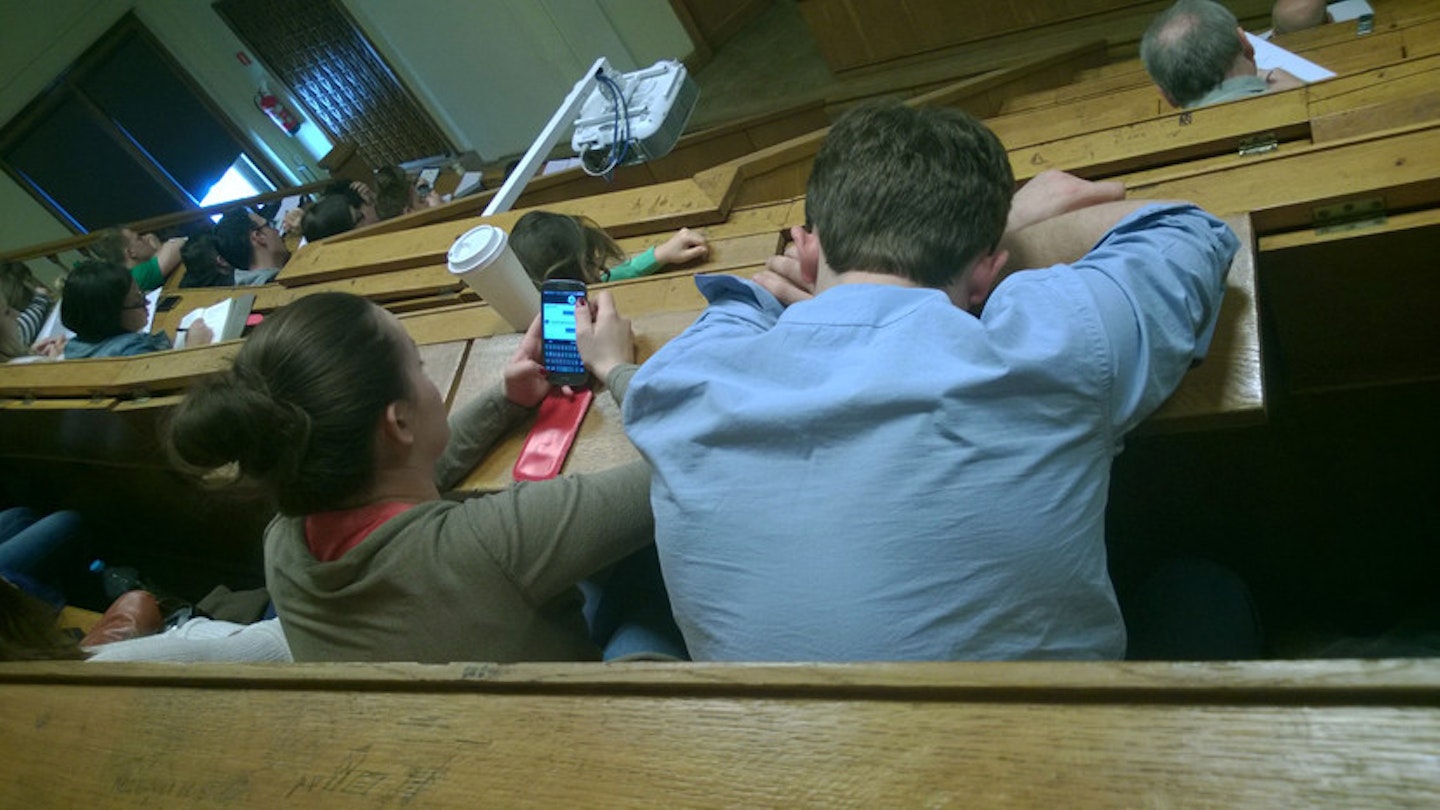
I try to take pictures of people in natural situations, and I try to do it myself. That’s why I don’t warn them beforehand. My friends who are in the pictures know that I am taking a picture of them. The others do not. But if somebody does not wish his or her picture to be posted on my blog – they can just write to me and I’ll remove it from Modern Closeness right away. I’ve also put in the description of the project that I encourage people to send me their photos. These pictures and this blog have only got a social value for me, and a bit of an artistic value, but I am far from considering myself to be an artist.
What should we be looking out for next with this project?
This project is entirely new. At this stage, the most important thing for me is the commitment of as many people as possible from all over the world. Currently, I am taking pictures myself and I am waiting for those of others. It would be good if people also shared their thoughts – in just a few words of comments. If the project is successful and accepted by the public, I will start considering what to do in order to make the page open to everyone so that all the people could post their pictures and thoughts. The rest is happening pretty dynamically.
Follow Emma on Twitter @GirlLostInCity
Picture: Eylul Aslan, moderncloseness.com
This article originally appeared on The Debrief.
